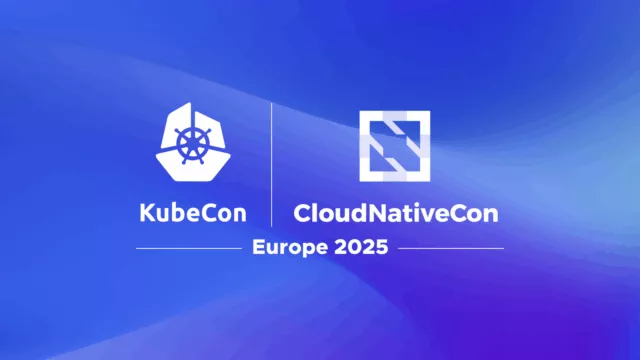This report provides a retrospective analysis of our team’s participation in the KubeCon + CloudNativeCon Europe event, which took place in Paris in March 2024. The goal is to assess the long-term value and return on investment (ROI) of our attendance by reviewing the key trends identified at the time, the strategic actions we took as a result, and the measurable outcomes of those initiatives over the past 15 months.
Executive Summary: Our participation in KubeCon Paris 2024 was highly impactful. It served as a direct catalyst for several key technology initiatives that have since delivered significant improvements in our operational efficiency, developer productivity, and AI/ML capabilities. The event provided a clear ROI and has proven essential for our strategic planning.
2. Key Trends Identified at KubeCon Paris 2024
Our engineering team identified three dominant technical trends at the March 2024 event:
- The Solidification of Platform Engineering: The industry conversation had firmly shifted from « adopting Kubernetes » to « building Internal Developer Platforms (IDPs) » on top of it to abstract complexity and improve developer experience.
- The Operationalization of AI/ML on Kubernetes: There was a major focus on simplifying the management of GPU resources and streamlining MLOps pipelines within a cloud-native framework.
- The Rise of eBPF: eBPF was being showcased as a revolutionary, high-performance technology for networking, security, and observability, poised to replace older sidecar-based approaches for certain use cases.
3. Strategic Actions Taken Post-Conference
Based on our findings, we initiated the following projects in Q2 2024:
- Platform Engineering PoC: We chartered a small-scale Proof of Concept (PoC) to build a minimal internal developer portal, providing our developers with a self-service way to scaffold new microservices.
- GPU Optimization Project: We launched a formal project to deploy and integrate the NVIDIA GPU Operator into our production OpenShift clusters to simplify and accelerate access to GPU resources for our data science teams.
- eBPF Research Sprint: We commissioned a focused R&D sprint to evaluate eBPF’s maturity and its potential to improve the performance of our platform’s network policy enforcement.
4. Outcomes and Return on Investment (ROI) as of July 2025
The outcomes of these initiatives have been tangible and overwhelmingly positive:
- Internal Developer Platform Success: The IDP PoC was a resounding success. Teams using the portal reported a 50% reduction in the time required to set up a new, compliant microservice. This data was the primary justification for securing the H2 2025 budget for expanding the PoC into a full-featured IDP for the entire engineering organization.
- Accelerated AI Development: The GPU Operator project was completed by Q4 2024. Our data science teams now have on-demand, self-service access to GPU resources. We have measured a 40% reduction in the average time-to-train for their key models, directly accelerating our AI feature development and time-to-market.
- Future-Proofing Our Architecture: The eBPF research sprint yielded a working prototype that demonstrates a significant reduction in network latency for our specific use case. While the technology was deemed not yet mature enough for our core production environment in 2024, the expertise gained has placed it on our official 2026 product roadmap, giving us a competitive advantage.
5. Conclusion
KubeCon Paris 2024 was far more than an educational event; it was a direct catalyst for strategic investments that have delivered measurable returns in productivity, efficiency, and innovation. This retrospective clearly demonstrates the high ROI of attending key industry events to stay ahead of the technology curve and make informed, timely decisions. Continued participation is essential for our technical leadership and long-term success.


